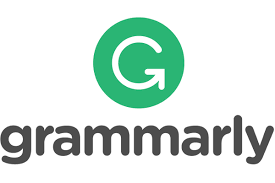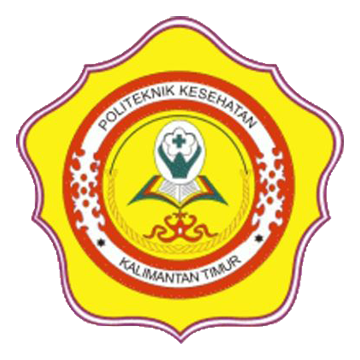STRES DAN RESILIENSI REMAJA DI MASA PANDEMI COVID-19
Abstract
The existence of a pandemic raises a sense of concern for the community. For this reason, various efforts and policies were made to tackle the spread of Covid-19, including limiting school meetings and the imposition of online learning which is one of the stressors for adolescents. To overcome these stressors, one of them is needed resilience in adolescents. The purpose of this study was to determine the relationship between resilience and stress in adolescents during the Covid-19 pandemic. This research method is a quantitative correlation study with a cross-sectional design. Sampling in this study using accidental sampling technique. The sample in this study were adolescents aged 12-18 years in the city of Yogyakarta. The number of samples in this study were 136 respondents. The instruments used in this study used a modified resilience questionnaire from Monica (2015) and a stress questionnaire with DASS-42. Bivariable analysis using the Chi-Square test. The results of this study indicate the Chi Square results with a p value of 0.001 (p <0.05) which indicates that there is a relationship between resilience and stress in adolescents. The conclusion of this study is that there is a relationship between resilience and stress in adolescents.
Downloads
References
Edraki, M., & Rambod, M. (2018). Psychological predictors of resilience in parents of insulin-dependent children and adolescents. International Journal of Community Based Nursing and Midwifery, 6(3), 239.
Graber, R., Pichon, F., & Carabine, E. (2015). Psychological resilience State of knowledge and future research agendas. October.
Helena, E., Valler, R., & Ii, C. (2019). Resilience and mental health problems in children and adolescents who have been victims of violence. 1–14.
Hornor, G. (2016). Resilience. 31(3). https://doi.org/10.1016/j.pedhc.2016.09.005
Jaeh, N. S., & Madihie, A. (2019). Self-efficacy and resilience among late adolescent. Journal of Counseling and Educational Technology, 2(1), 27–32.
Mazo, G. N. (2015). Causes, effects of stress, and the coping mechanism of the Bachelor of Science in Information Technology students in a Philippine University. Journal of Education and Learning, 9(1), 71–78.
Nourian, M., Shahboulaghi, F. M., & Nourozi, K. (2016). Resilience and Its Contributing Factors in Adolescents in Long-Term Residential Care Facilities Affiliated to Tehran Welfare O riginal A rticle. 4(4), 386–396.
Purwanto, A., Pramono, R., Asbari, M., Hyun, C. C., Wijayanti, L. M., & Putri, R. S. (2020). Studi Eksploratif Dampak Pandemi COVID-19 Terhadap Proses Pembelajaran Online di Sekolah Dasar. EduPsyCouns: Journal of Education, Psychology and Counseling, 2(1), 1–12.
Ristyawati, A. (2020). Efektifitas Kebijakan Pembatasan Sosial Berskala Besar Dalam Masa Pandemi Corona Virus 2019 oleh Pemerintah Sesuai Amanat UUD NRI Tahun 1945. Administrative Law & Governance Journal, 3(2), 240–249.
Samele,C., Manning, H, Zamperoni,V., Goldie, I., Thorpe,L,…, Grange,R. (2018). Stress Are We Coping?. London: Mental Health Foundation.
Septiani, T., & Fitria, N. (2016). Hubungan antara resiliensi dengan stres pada mahasiswa sekolah tinggi kedinasan. Jurnal Penelitian Psikologi, 7(2), 59–76.
Shahsavarani, A. M., Azad Marz Abadi, E., & Hakimi Kalkhoran, M. (2015). Stress: Facts and theories through literature review. International Journal of Medical Reviews, 2(2), 230–241.
Tuwu, D. (2020). Kebijakan Pemerintah dalam Penanganan Pandemi COVID-19. Journal Publicuho, 3(2), 267–278.
Unicef. (2020). Covid-19 dan anak-anak di Indonesia. Jakarta: United Nation’s Children’s Fund.
Willda, T., Nazriati, E., & Firdaus, F. (2016). Hubungan Resiliensi Diri Terhadap Tingkat Stres Pada Dokter Muda Fakultas Kedokteran Universitas Riau. Riau University.
Yaribeygi, H., Panahi, Y., Sahraei, H., Johnston, T. P., & Sahebkar, A. (2017). The impact of stress on body function: A review. EXCLI Journal, 16, 1057.
Copyright (c) 2020 Gani Apriningtyas Budiyati

This work is licensed under a Creative Commons Attribution-ShareAlike 4.0 International License.
Copyright License:

This work is licensed under a
Creative Commons Attribution-ShareAlike 4.0 International License









